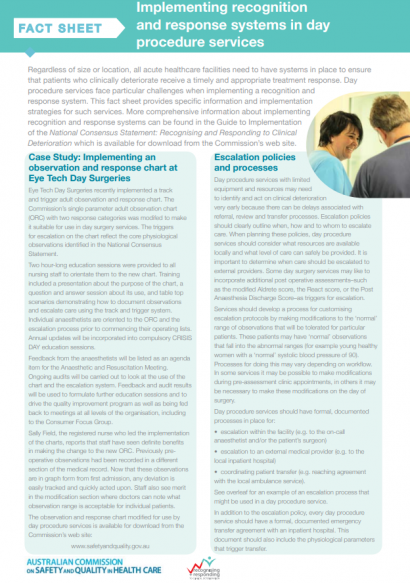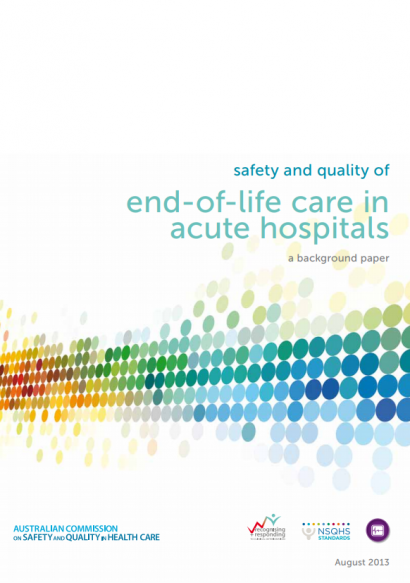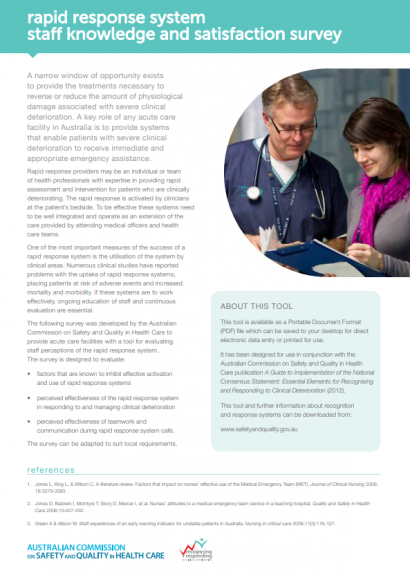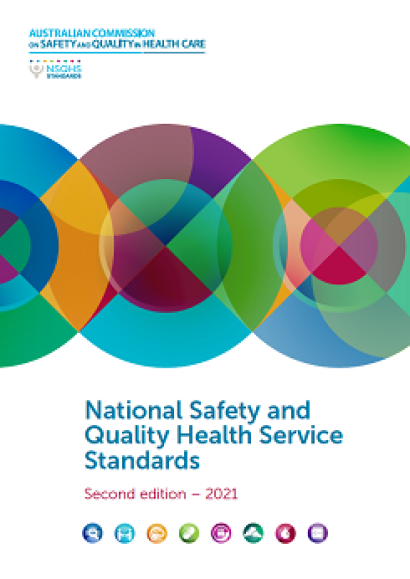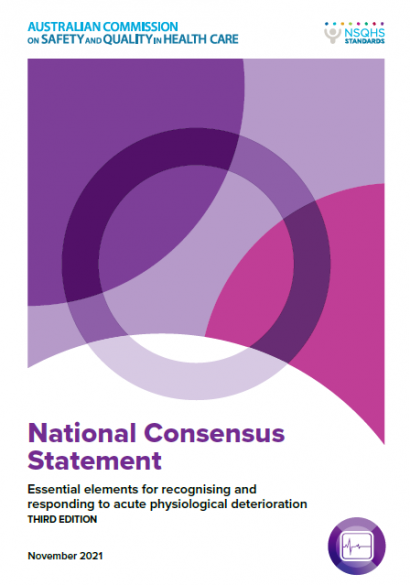Leaders of a health service organisation have a responsibility to the community for continuous improvement of the safety and quality of their services, and ensuring that they are patient centred, safe and effective.
Frequently asked questions help explain the Partnering with Consumers Standard and the related changes accompanying the second edition of the NSQHS Standards.
The Commission has developed a range of tools and resources to help health service organisations deliver comprehensive care in alignment with the Comprehensive Care Standard.
Reducing avoidable hospital readmissions supports better health outcomes, improves patient safety and leads to greater efficiency in the health system.
This page includes links to Australian and international resources to support antimicrobial stewardship (AMS) programs in health service organisations and in aged care and primary care. AMS programs help to improve patient safety and in the prevention and control of antimicrobial resistance (AMR).
Based on advice, feedback and discussions with clinical experts and health services from across Australia, the Commission has compiled a list of FAQs and resources that may assist health services in the prevention and reduction of hospital-acquired complications (HACs).
Explore these resources and share your feedback.
Effective surveillance of antimicrobial resistance (AMR) in acute and community settings informs strategies for infection prevention and control and antimicrobial stewardship (AMS).
APAS collects, analyses and reports on de-identified patient-level antimicrobial resistance (AMR) data from routine susceptibility testing results.
High risk medicines (HRMs) are medications that have an increased risk of causing significant patient harm or death if they are misused or used in error.1
The National Indicators for Quality Use of Medicines (QUM) in Australian Hospitals 2014 support measurement of safety and quality of medicines use. The individual indicators are listed on this page.
Medication errors are one of the most reported clinical incidents in acute health care settings and, while rates of serious harm are low, their prevalence is of concern particularly as many are preventable. A recognised major cause of medication errors is the use of potentially dangerous abbreviations and dose expressions.
Some medicines – such as clozapine and subcutaneous insulin – require specialised chart features.
The Commission developed the National Inpatient Medication Chart (NIMC) for clozapine titration to support the prescribing, monitoring and administration of clozapine titration.
The Commission produced the Pharmaceutical Benefits Scheme hospital medication chart (PBS HMC) to support the prescribing, administration claiming and supply of PBS and non-PBS medicines directly from the chart without the need for a separate paper prescription in hospital settings.

